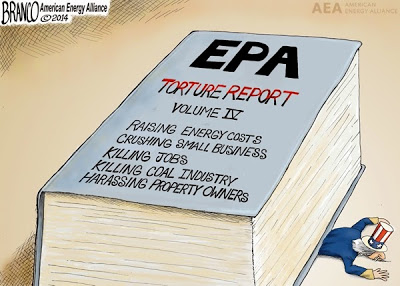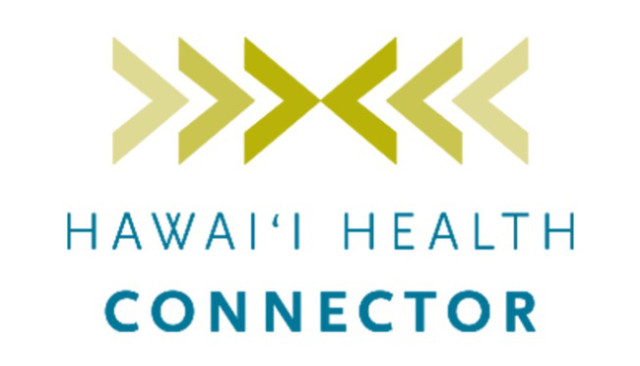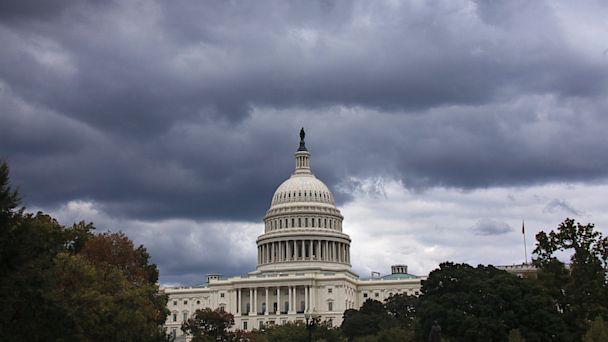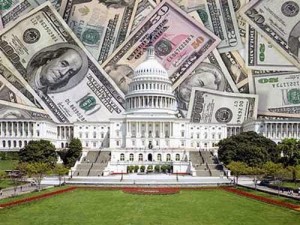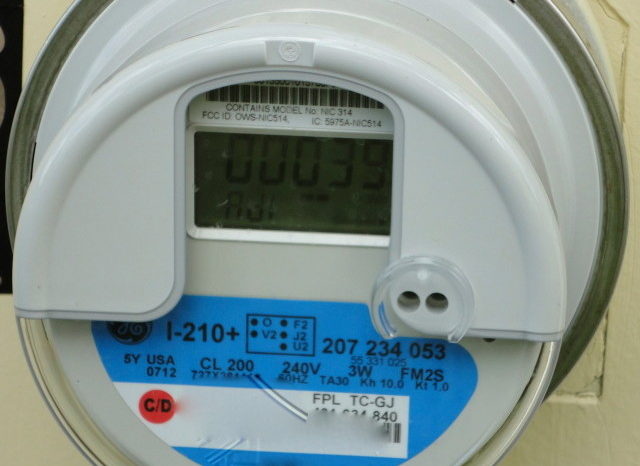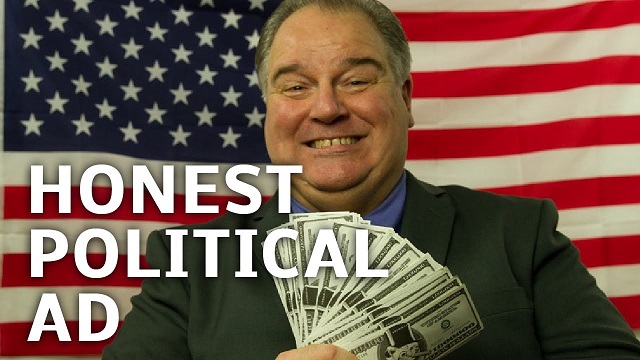Federal Student Loans Make College More Expensive and Income Inequality Worse by George C. Leef
One day, Bill Bennett may be best remembered for saying (in 1987, while he was President Reagan’s education secretary) that government student aid was largely responsible for the fact that the cost of going to college kept rising. What is called the “Bennett Hypothesis” has been heavily debated ever since.
A recent report by the Federal Reserve Bank of New York lends support to the Bennett Hypothesis.
Authors David Lucca, Taylor Nadauld, and Karen Shen employed sophisticated statistical techniques to analyze the effects of the increasing availability of federal aid to undergraduates between 2008 and 2010. They conclude the institutions that were most exposed to the increases “experienced disproportionate tuition increases.”
By the authors’ calculation, there is about a 65 percent pass-through effect on federal student loans. In other words, for every $3 increase in such loans, colleges and universities raise tuition by $2.
It is very good to have a study by so unimpeachable a source as the New York Fed supporting the conclusion that quite a few others have reached over the years: Increasing student aid to make college “more affordable” is something of an impossibility. The more “generous” the government becomes with grants and loans, the more schools raise their rates.
Other studies have reached the same conclusion.
In his 2009 paper Financial Aid in Theory and Practice, Andrew Gillen showed that the Bennett Hypothesis was true, although more so at some institutions than others. In their 2012 study, Stephanie Riegg Cellini and Claudia Goldin found that for-profit schools unquestionably raised tuitions to capture increases in federal aid.
Such analyses are amply supported by personal observations about the way college officials look at federal aid. Peter Wood, president of the National Association of Scholars writes that when he was in the administration at Boston University:
The regnant phrase was “Don’t leave money sitting on the table.” The metaphoric table in question was the one on which the government had laid out a sumptuous banquet of increases of financial aid. Our job was to figure out how to consume as much of it as possible in tuition increases.
Similarly, Robert Iosue, former president of York College, writes in his book College Tuition: Four Decades of Financial Deception (co-authored with Frank Mussano), “Common sense dictates a connection between government largess to the buyer and higher prices from the seller. For me it began in 1974 when grants and loans were given to students based on the cost of college. Higher cost: more aid from our government.”
It has always been difficult to defend the position that federal student aid has nothing to do with the steady increase in the cost of attending college; the publication of this study makes it much more so.
Despite their conclusion that financial aid increases costs, the authors of the New York Fed report suggest that aid is beneficial on the whole. They wrote, “[T]o the extent that greater access to credit increases access to postsecondary education, student aid programs may help to lower wage inequality by boosting the supply of skilled workers.” Now, while that is not a finding of the paper, it aligns with one of the justifications commonly given for policies meant to “expand access” to college — that it ameliorates the presumed problem of growing income inequality.
In this speech in 2008, for example, former Federal Reserve chairman Ben Bernanke said, “the best way to improve economic opportunity and reduce inequality is to increase the educational attainment and skills of American workers.”
That argument is grounded in basic economics: if college-educated workers are paid a lot and workers without college education are paid much less, then by increasing the supply of the former, we will lower their “price” and thereby reduce the earnings differential between the two groups.
That sounds plausible and egalitarians embrace the idea. In a recent paper published in the Cambridge journal Social Philosophy and Policy, however, Daniel Bennett and Richard Vedder argue that, after decades of government policy to “expand access,” we have reached the point where doing so now exacerbates income inequality.
“It has become an article of faith that higher education is a major vehicle for promoting a path to the middle class and income equality in America,” the authors write. The trouble, they argue, is that while policies to promote college enrollment had a tendency to do that in the past, we passed the point of diminishing returns.
Key to the Bennett/Vedder analysis is that fundamental economic concept — diminishing returns. As someone buys or enjoys more and more of something, the benefit from each marginal unit eventually starts to fall. That applies to education as well as other goods and services. It applies to individuals, since there is some point beyond which the benefit from additional time spent on education isn’t worth what it costs.
It also applies at the societal level. At first, Bennett and Vedder observe, the students drawn into college by government aid were overwhelmingly very able and ambitious. They benefited greatly from their postsecondary education. Society not only became more prosperous due to the heightened productivity of those individuals, but, the authors show, more equal. Measured by Gini coefficients, income became less dispersed in the early decades of federal policies to promote higher education.
But what was apparently a beneficial policy at first is producing increasingly bad results today. Not only is federal student aid making college more costly, it now leads to a growing income gap. “Additional increases in [college] attainment,” Bennett and Vedder write, “are associated with more income inequality.”
Why?
The reason is that subsidizing college has led to a glut of people holding college credentials. As a result, we have seen a huge displacement in the labor market — college-educated workers displacing those without degrees. I have often called that the “credentialitis”problem; workers who have the ability to do a job can’t get past the screening by educational credentials that is now widespread.
Consequently, the latter group — the working poor — now faces increasing difficulty finding jobs in fields that used to be open to them.
Federal student aid programs were expected to have nothing but good economic and social consequences for America. Instead, however, they are simultaneously making higher education more costly (that is, soaking up more of our limited resources) and, owing to credentialitis, making the distribution of income more unequal.
Of course, the politicians who started us on this path meant well. Most of those who keep pushing us further down the college for everyone path probably believe that they’re pursuing greater equality and productivity. The truth of the matter, as studies like the two I have discussed here show, is that continuing to push the “college access” agenda is making America worse off.





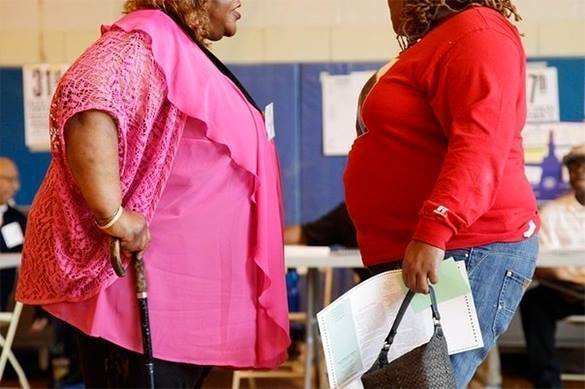



 I am always fascinated by how politicians, once elected, don’t do what they promised in order to get elected. Rather they become part of “the system”. They become influenced by bureaucrats, forget they represent their constituents and pass laws, rules, and regulations which harm their very constituents. They in effect become group thinkers.
I am always fascinated by how politicians, once elected, don’t do what they promised in order to get elected. Rather they become part of “the system”. They become influenced by bureaucrats, forget they represent their constituents and pass laws, rules, and regulations which harm their very constituents. They in effect become group thinkers.


